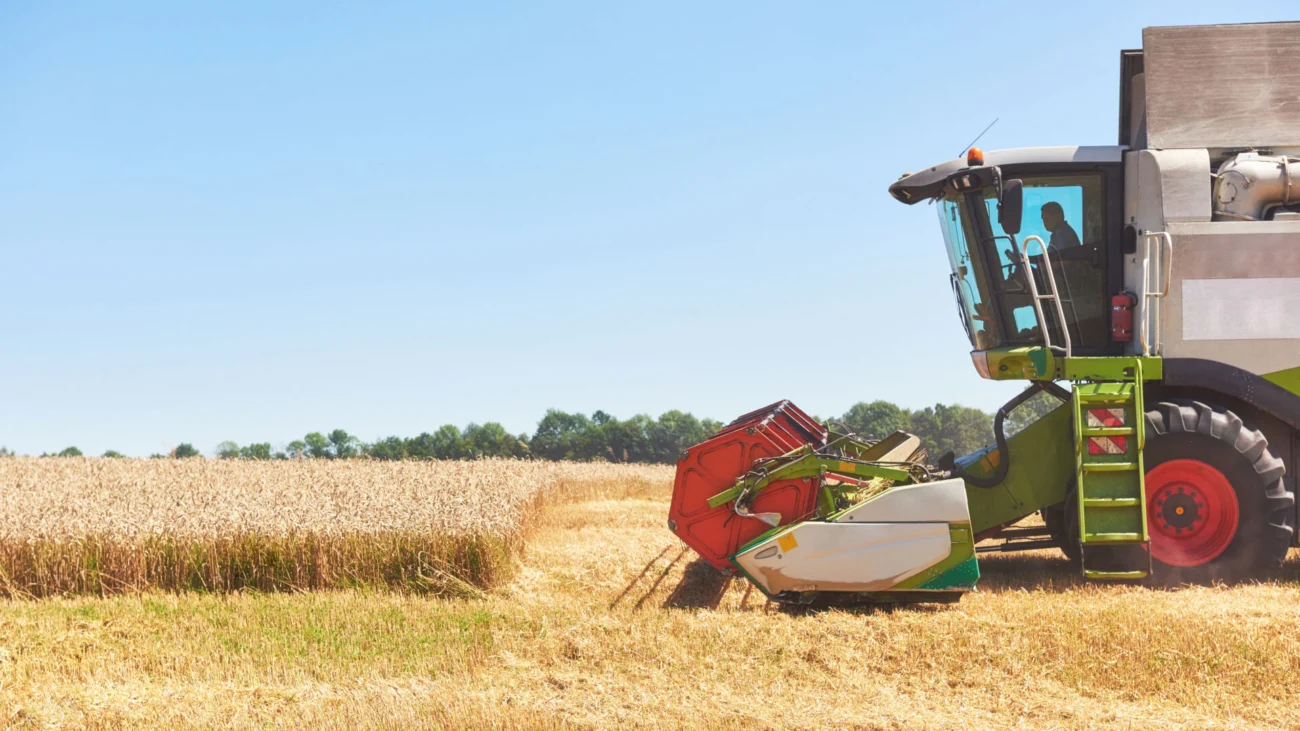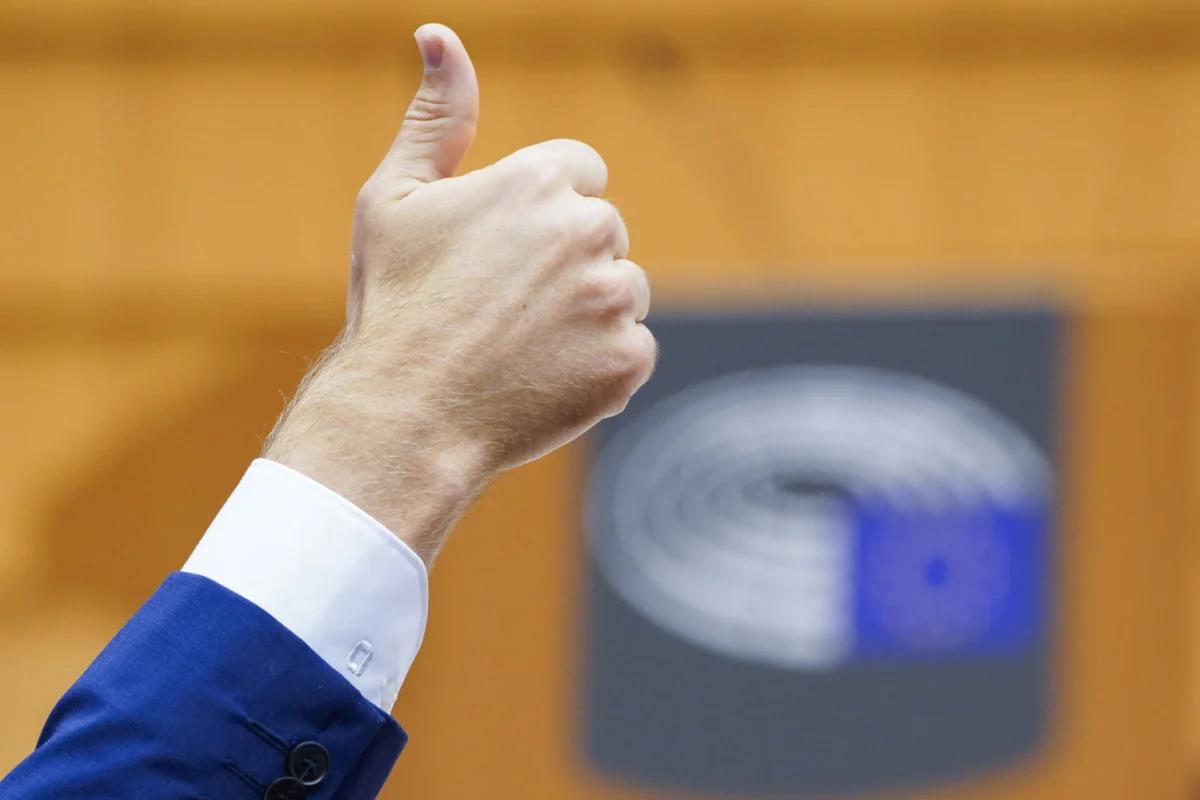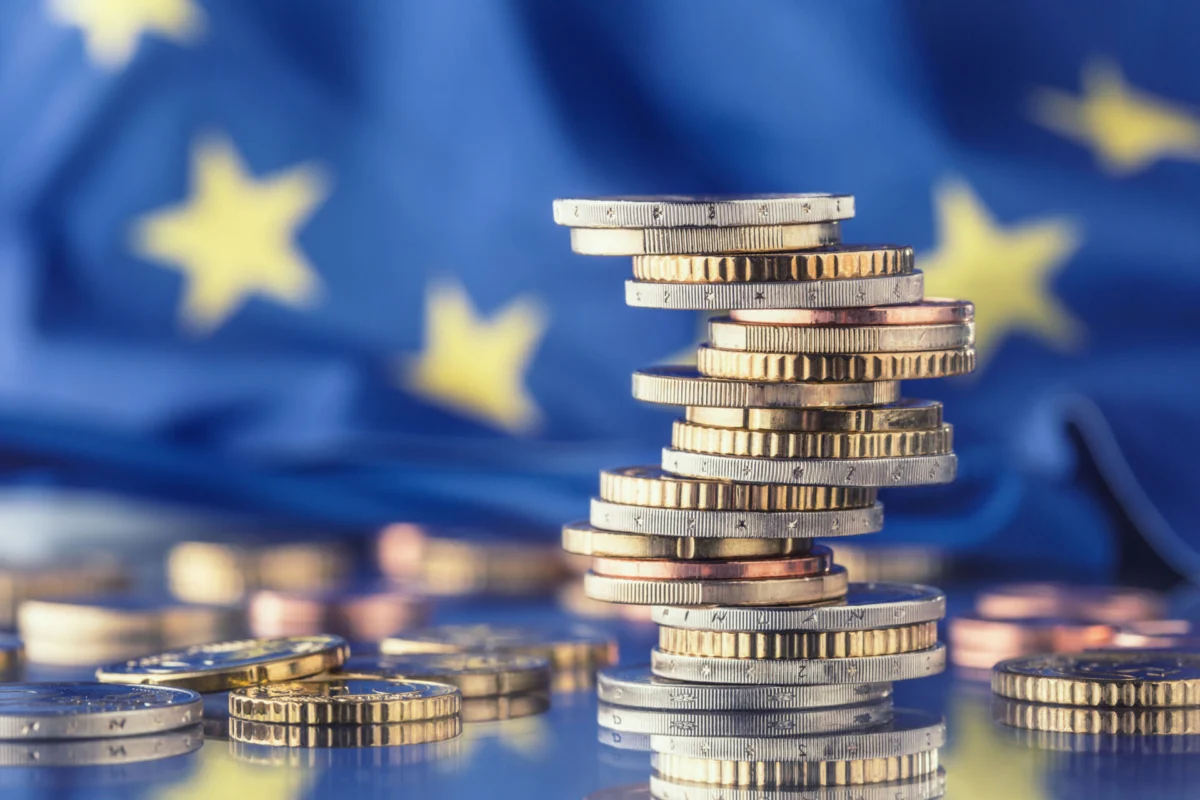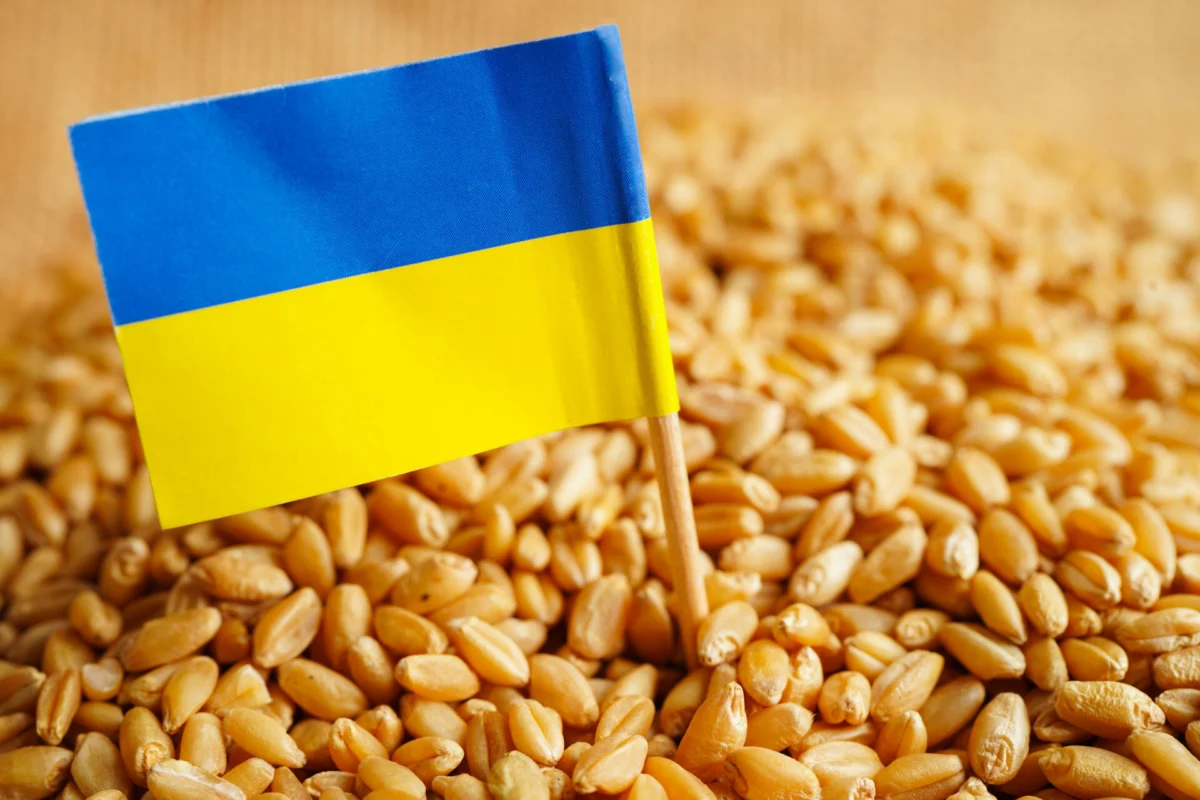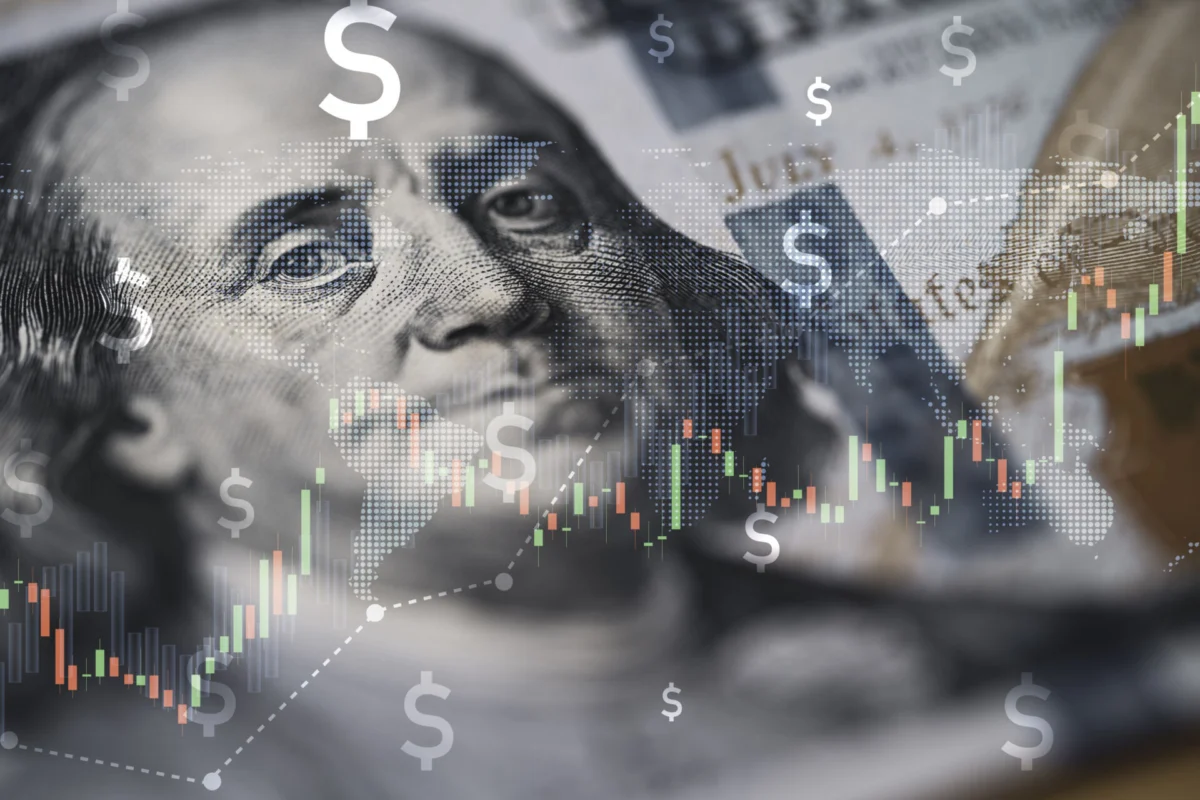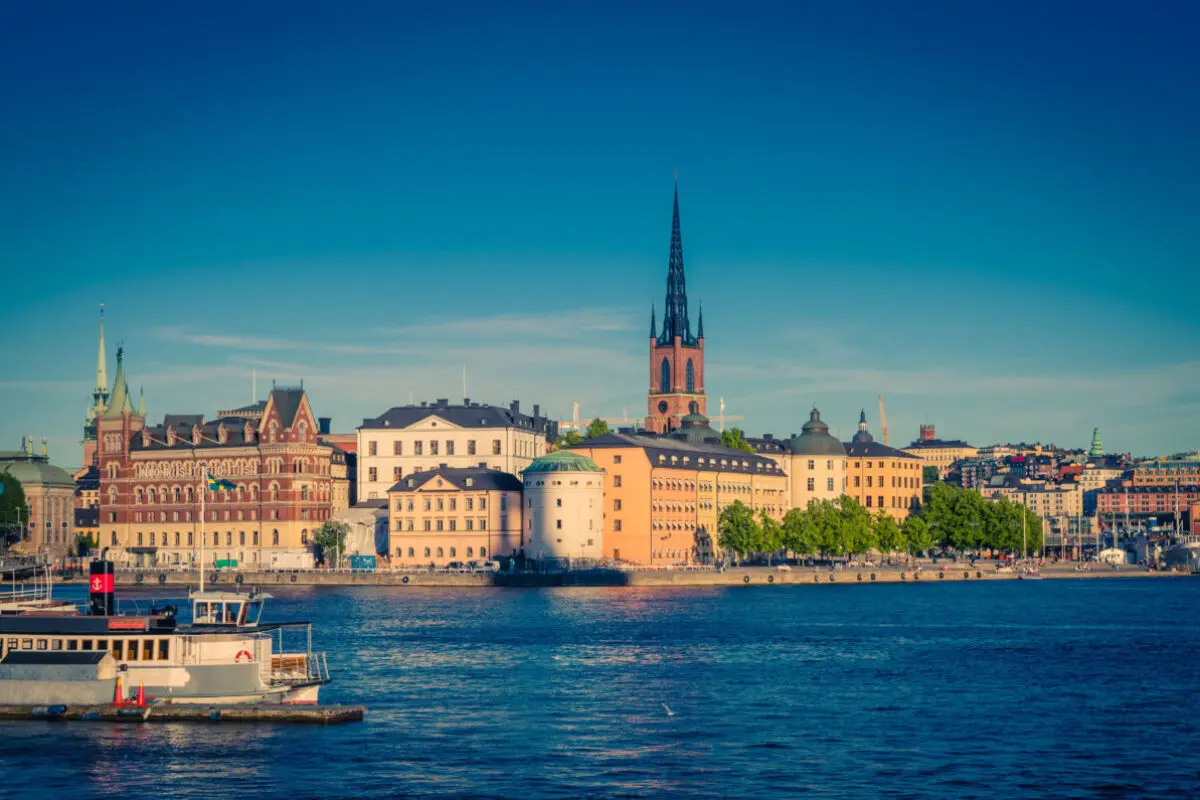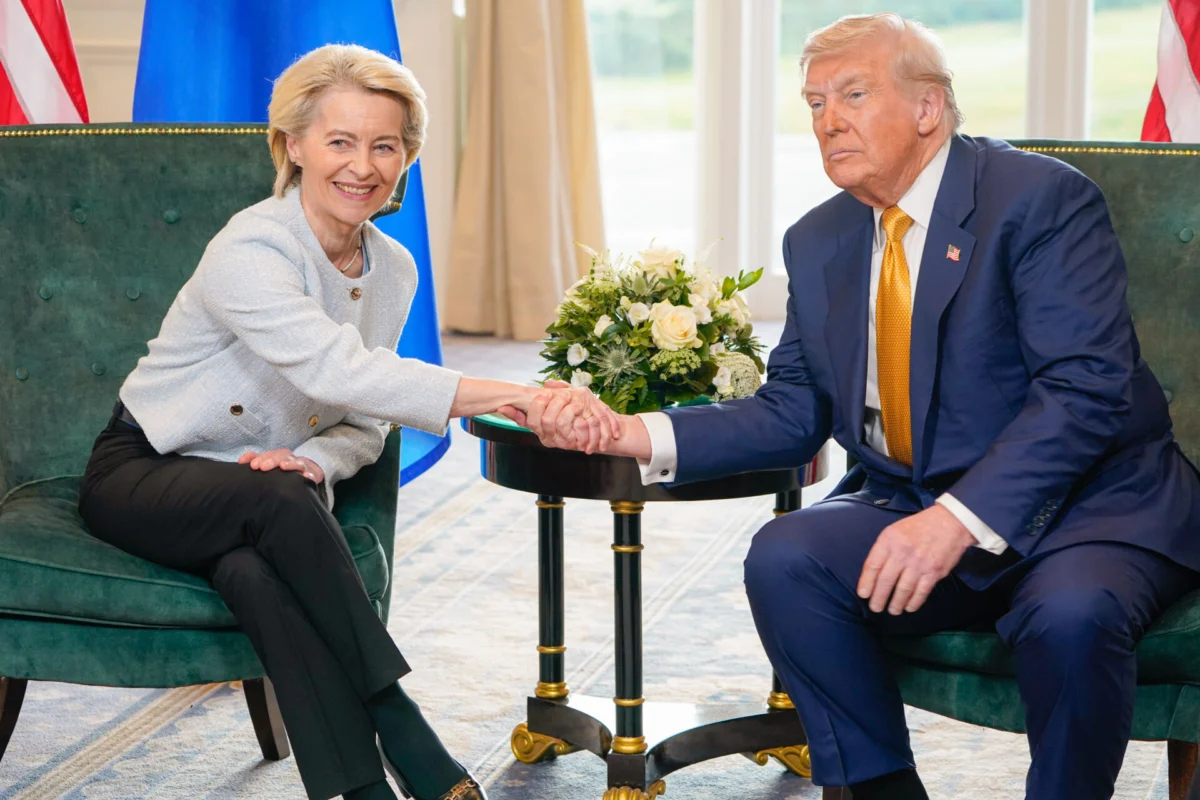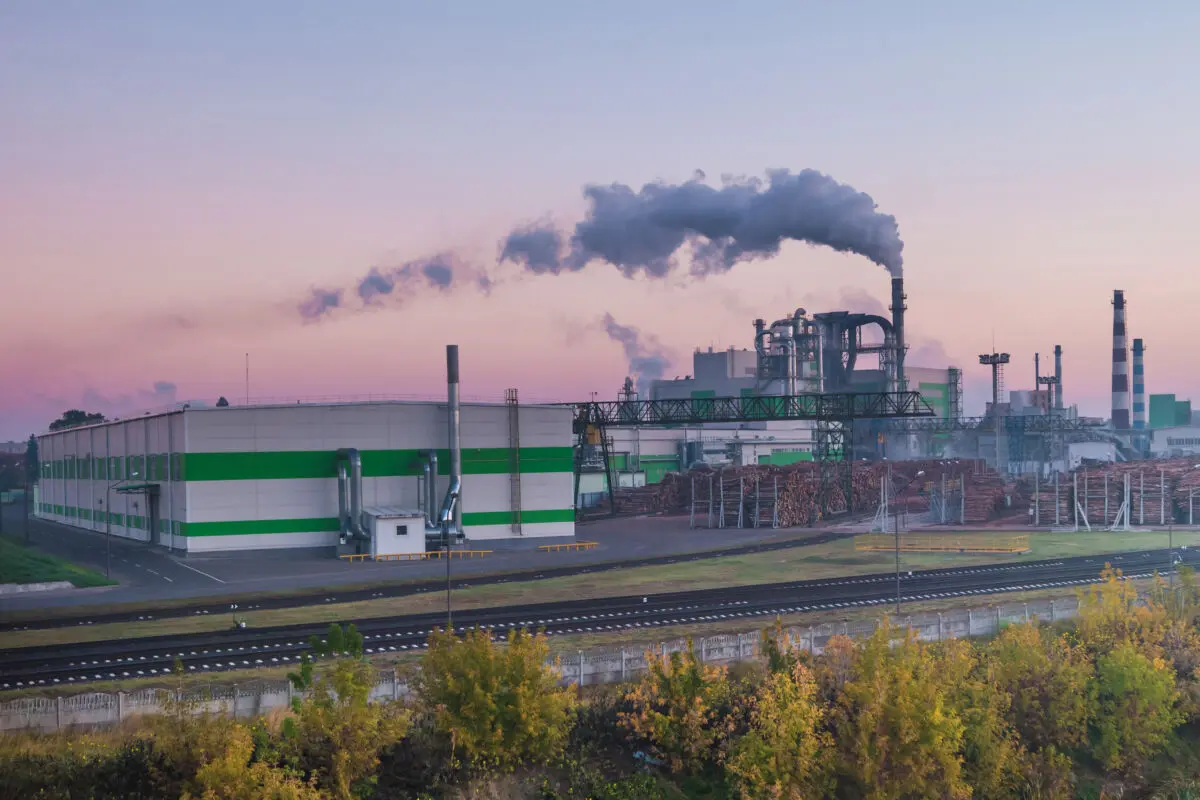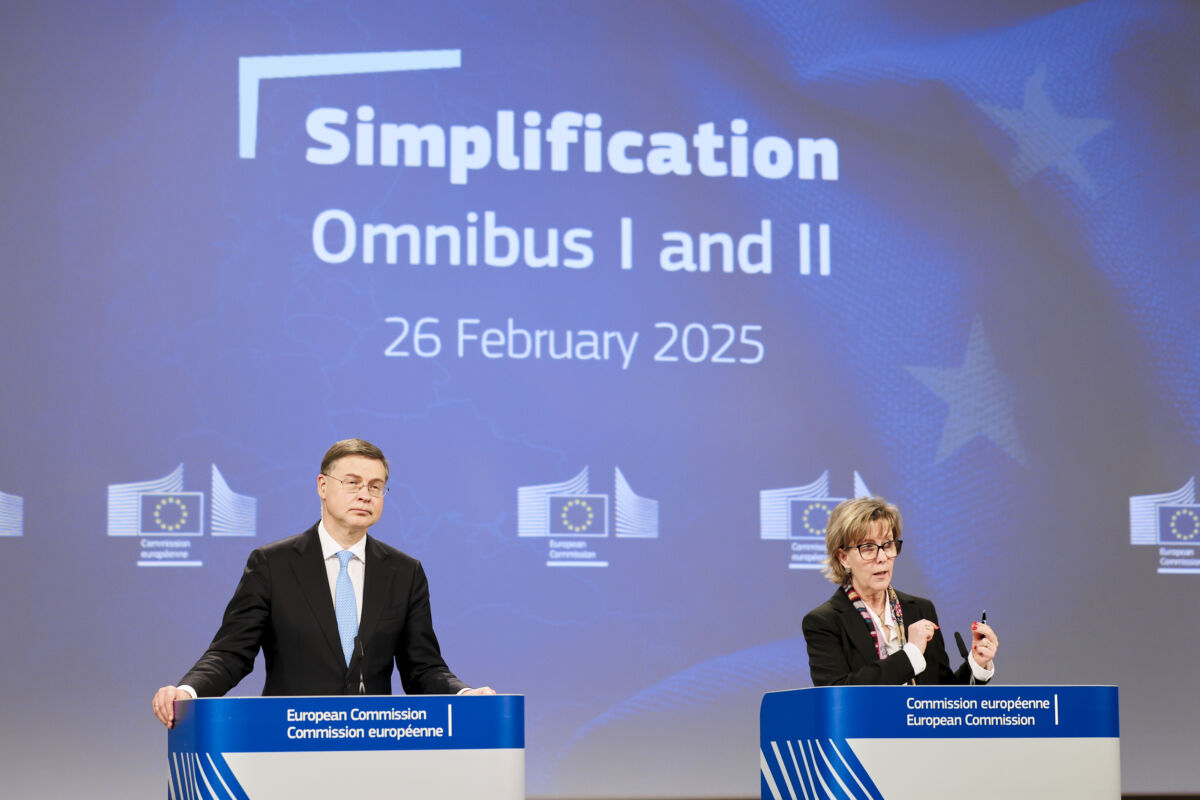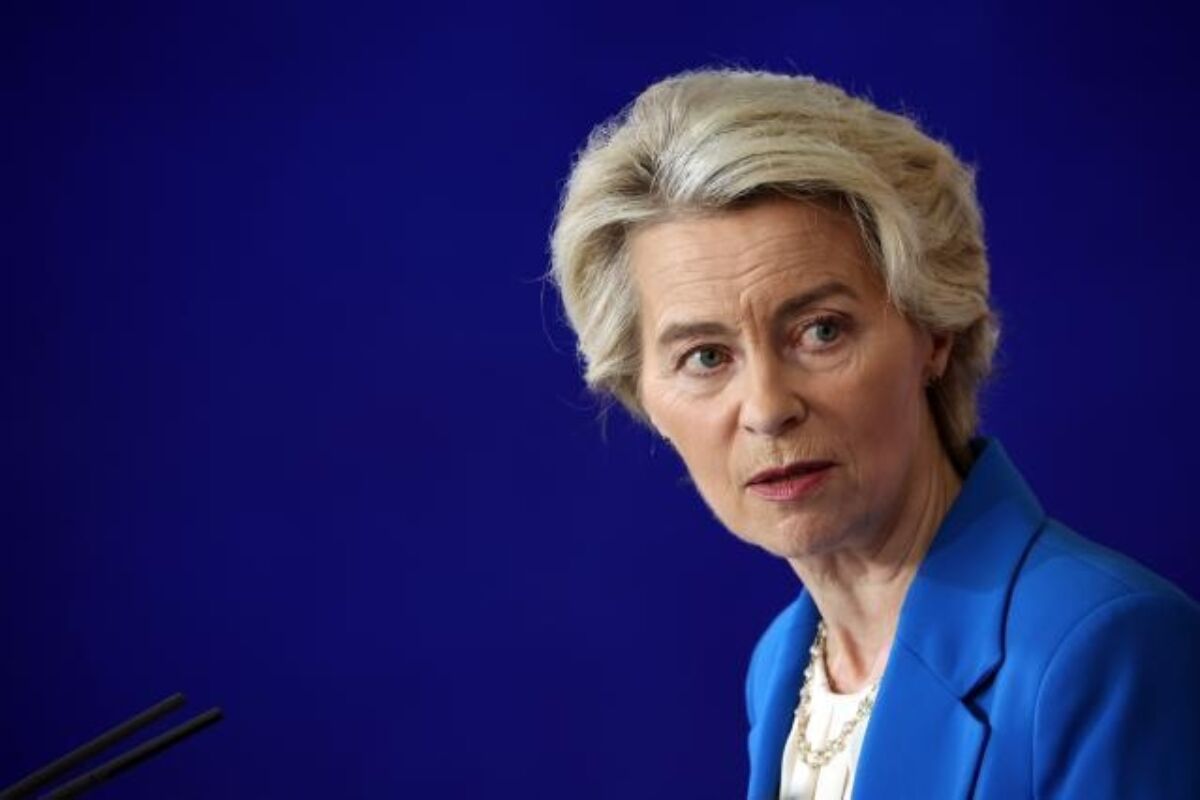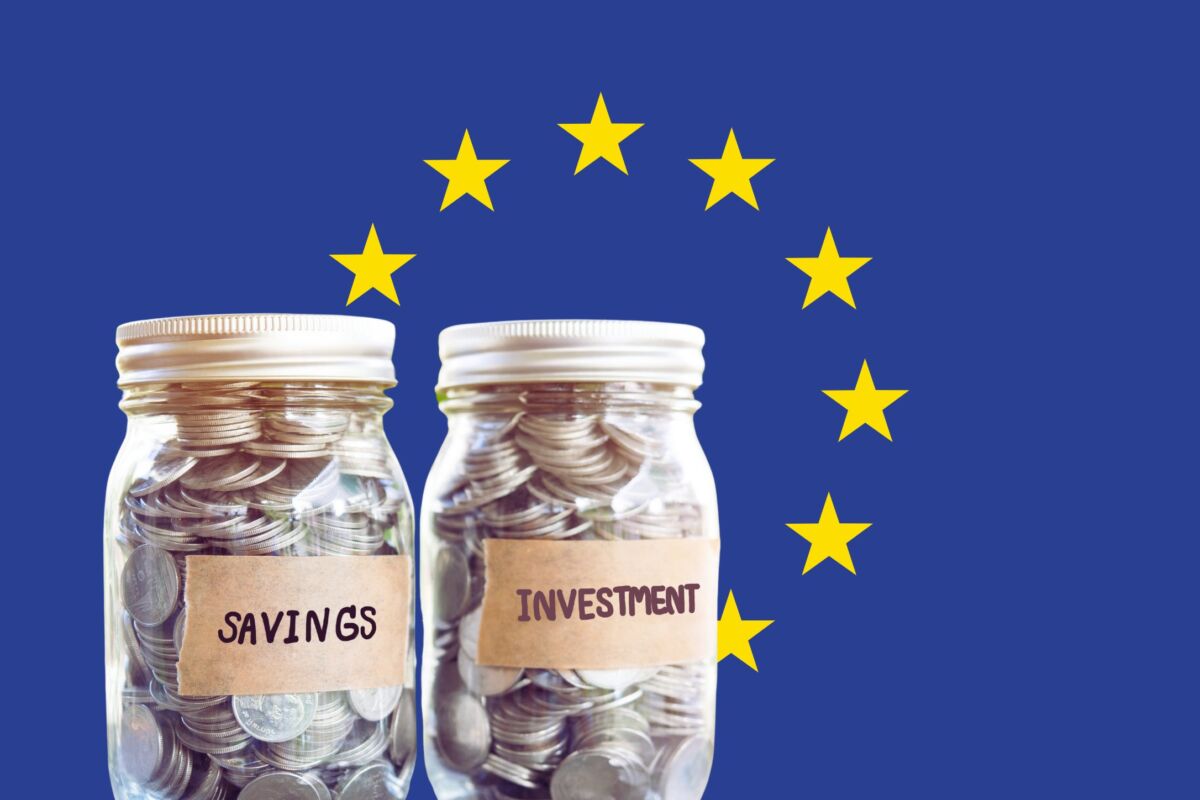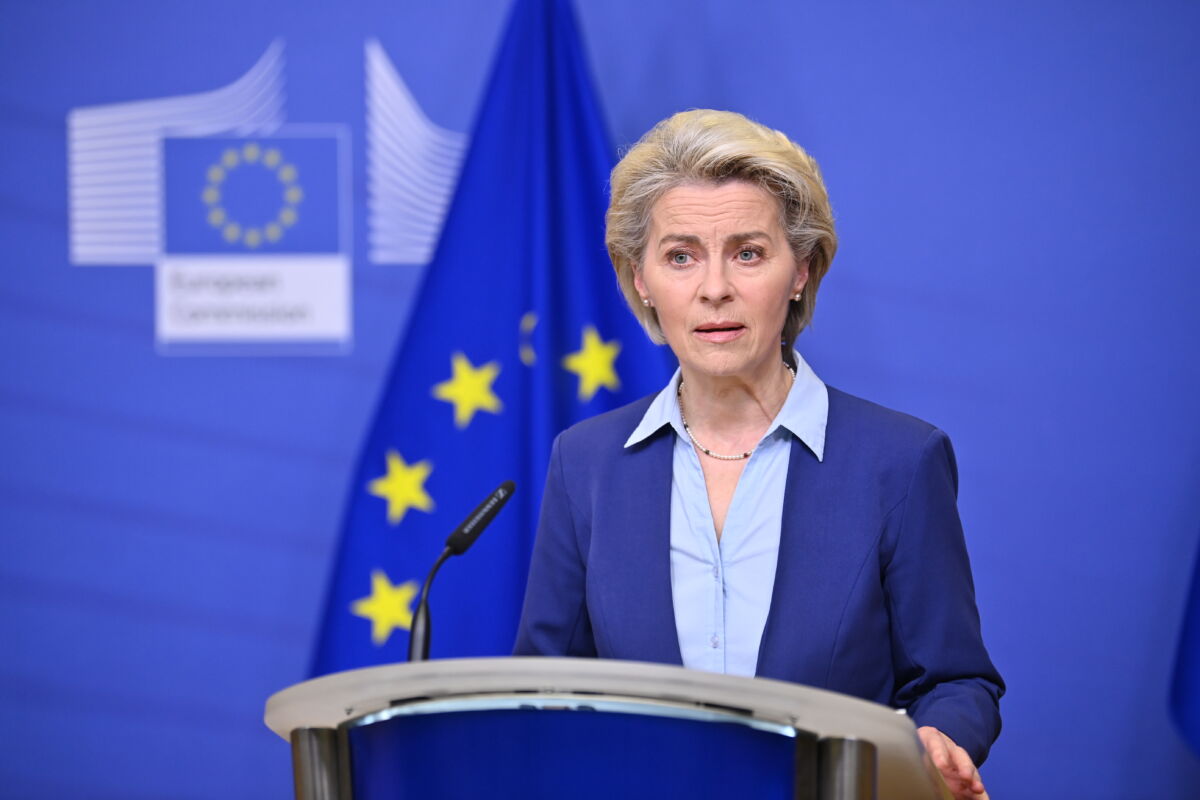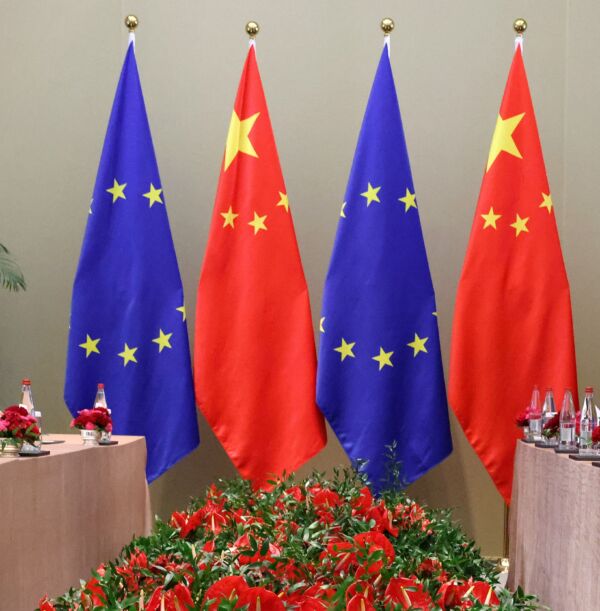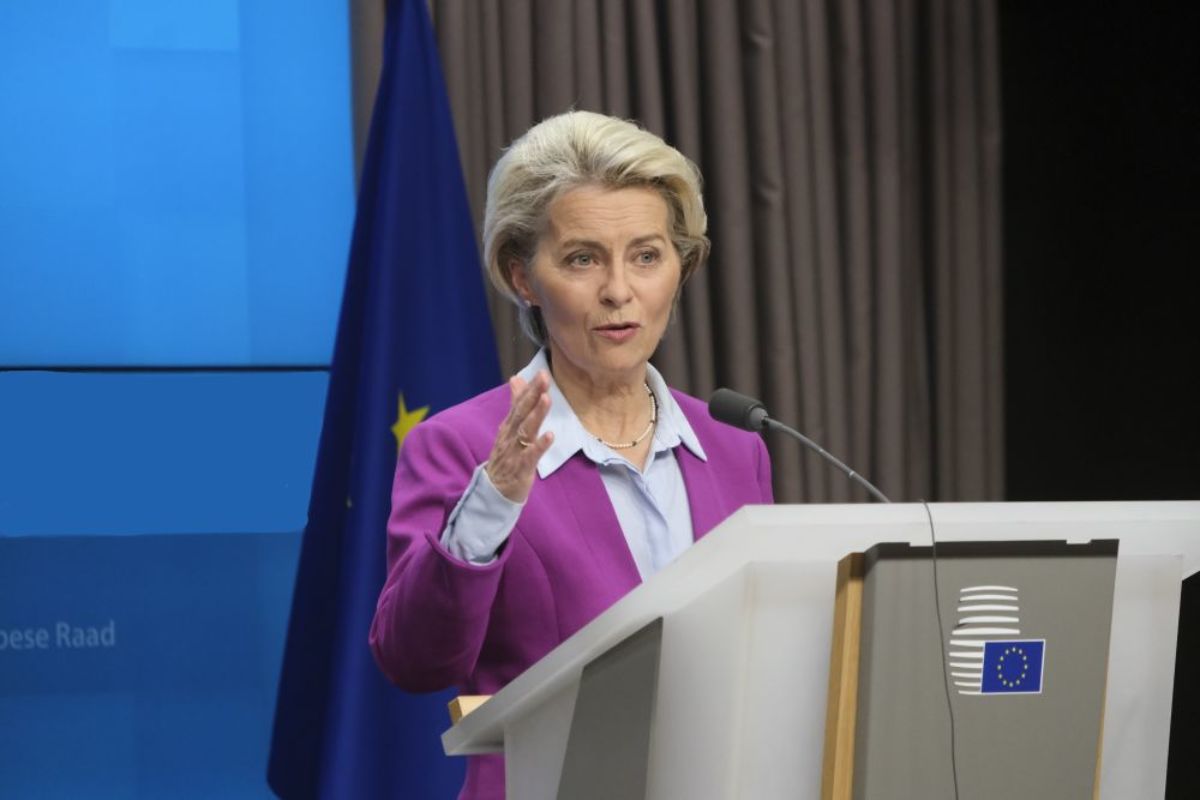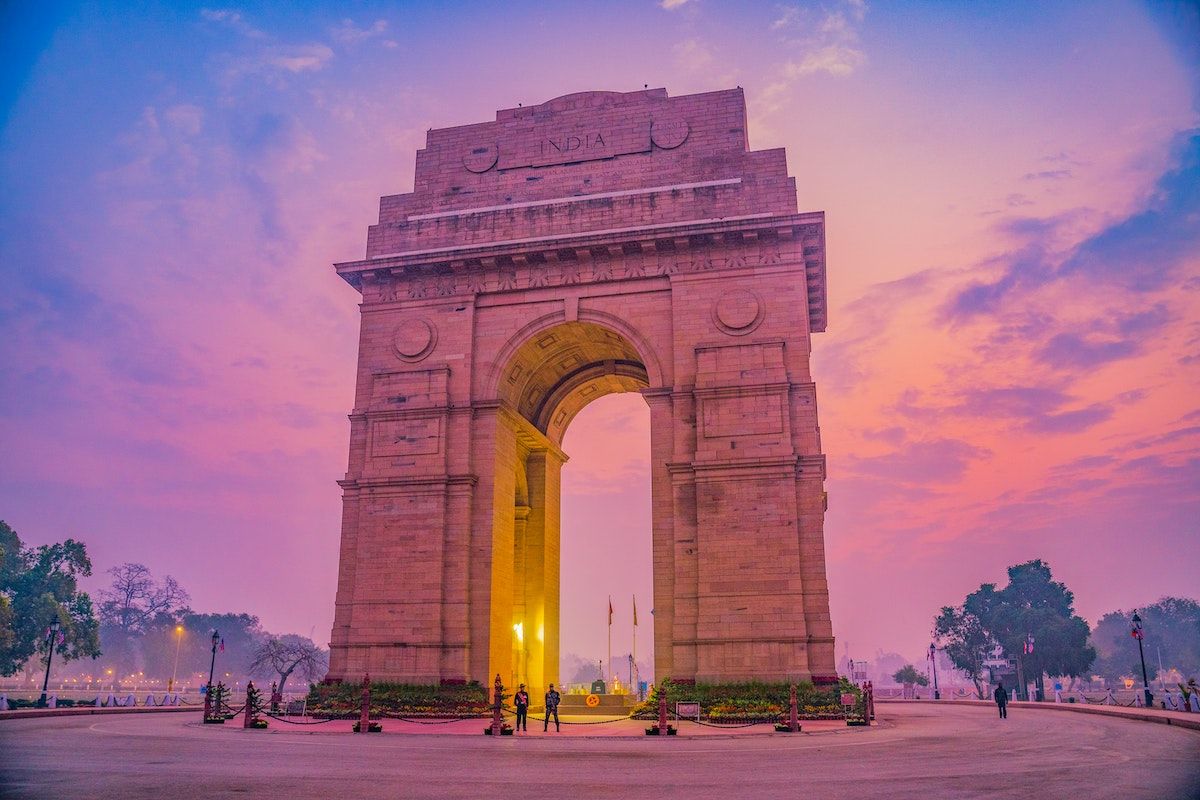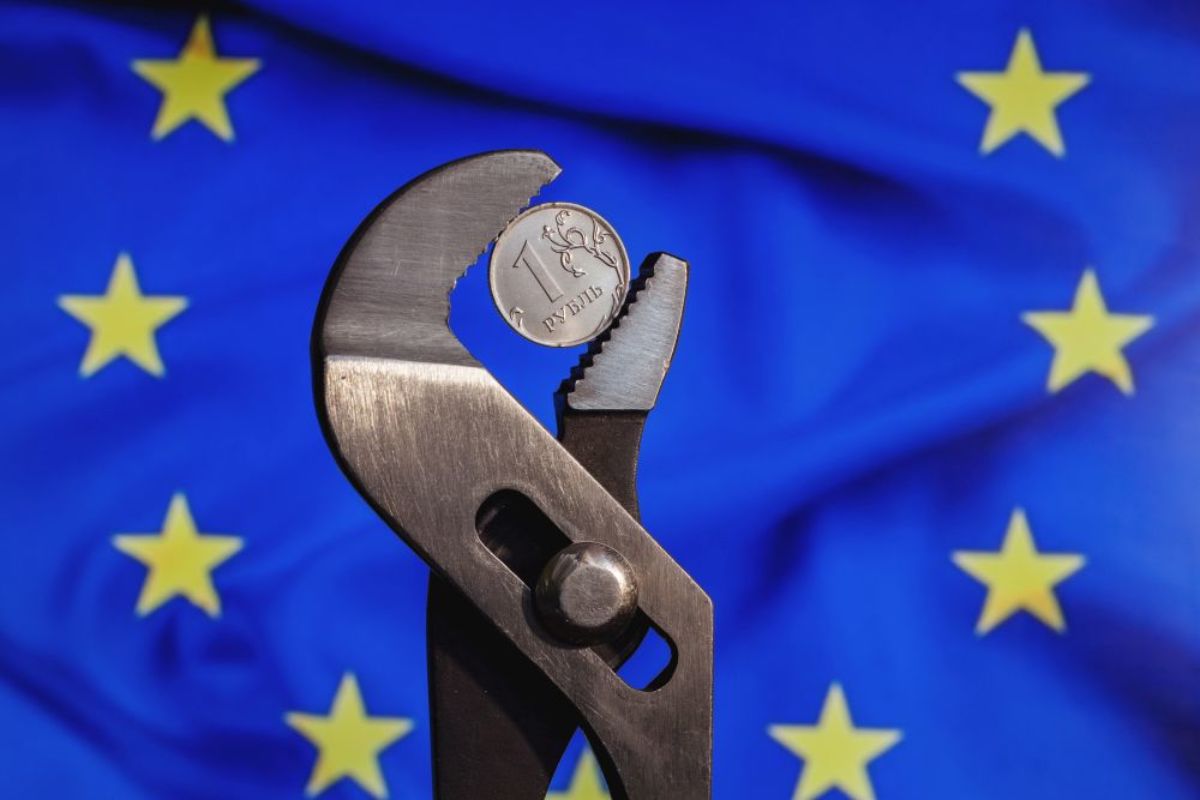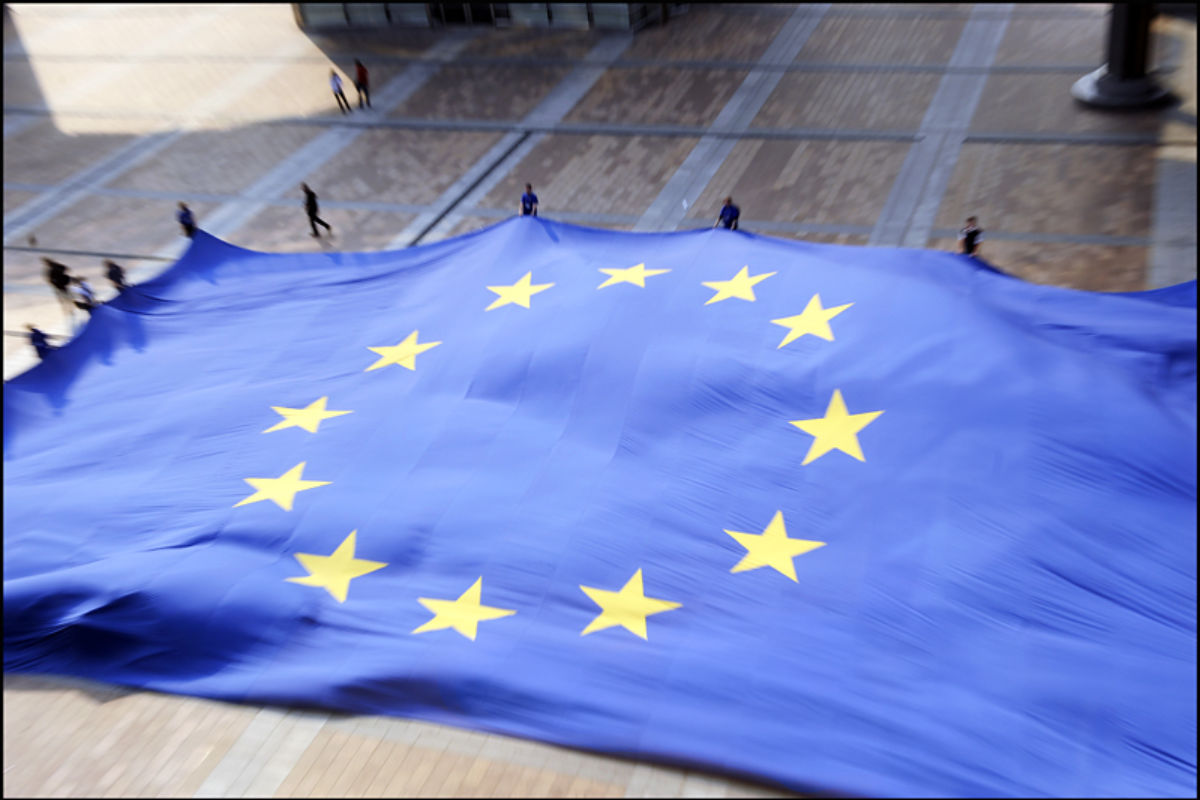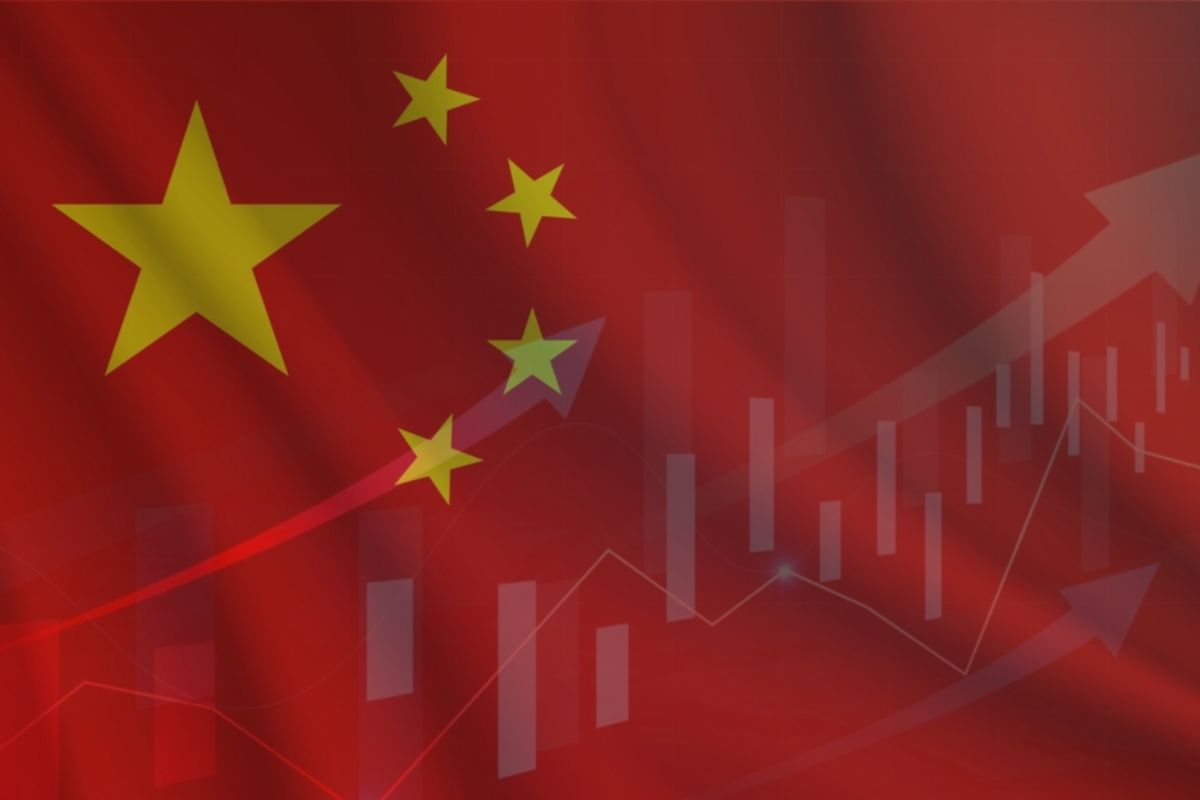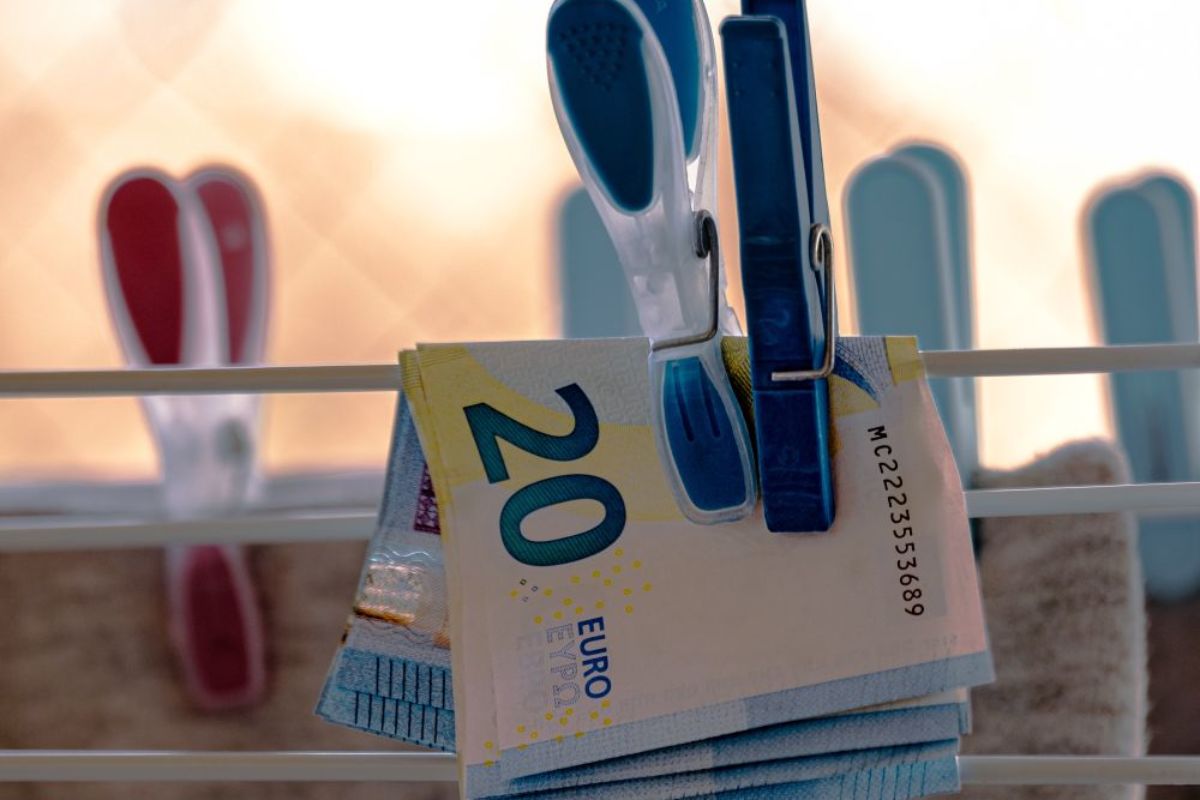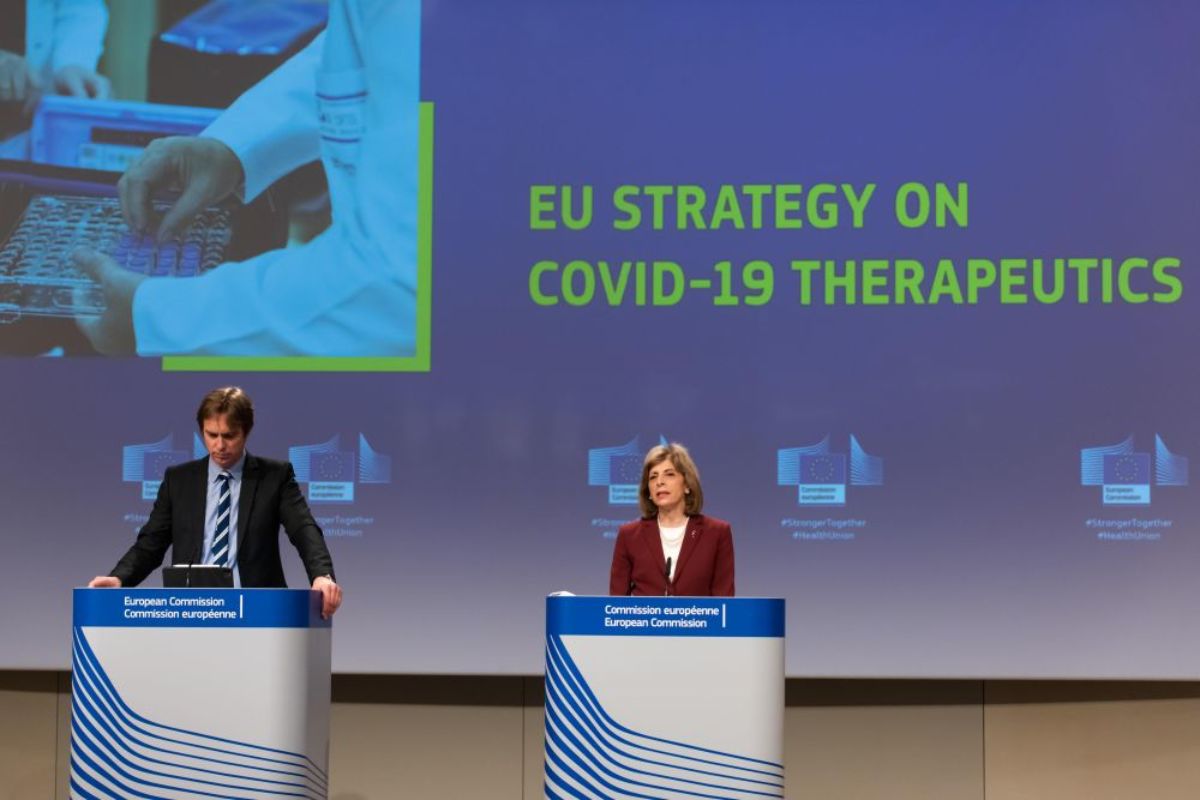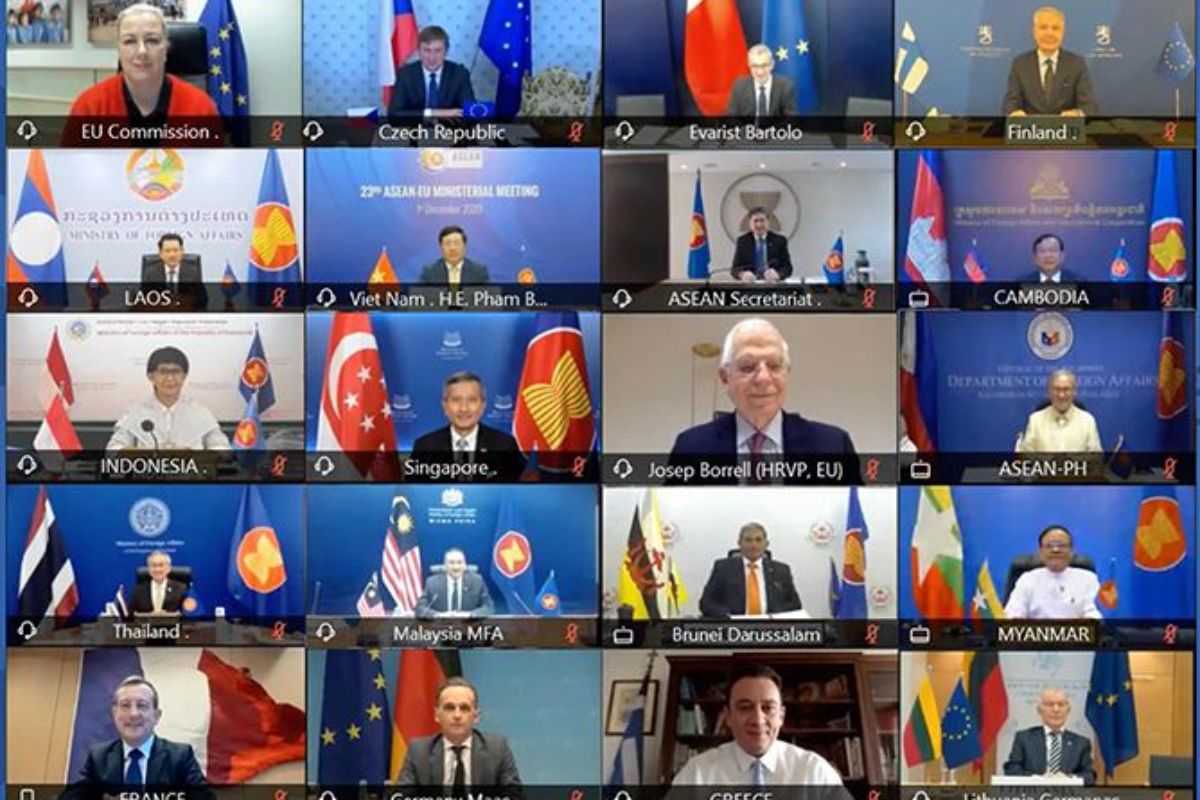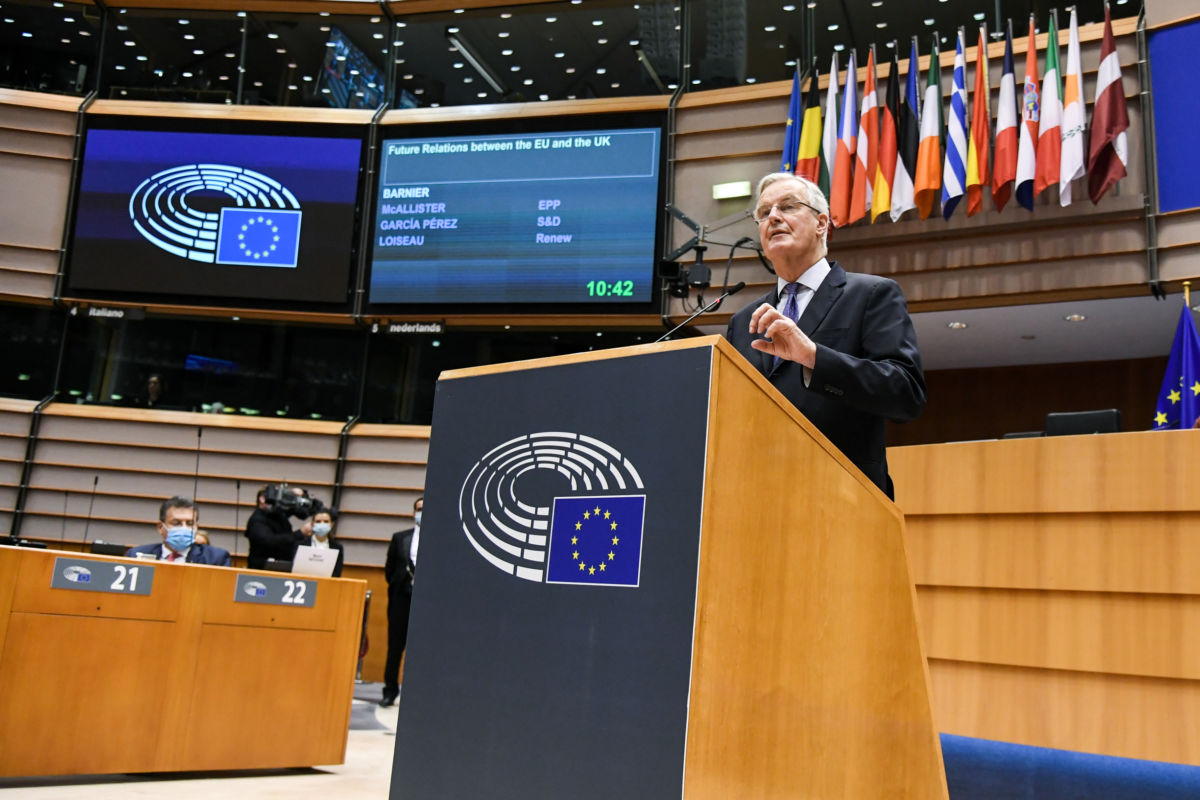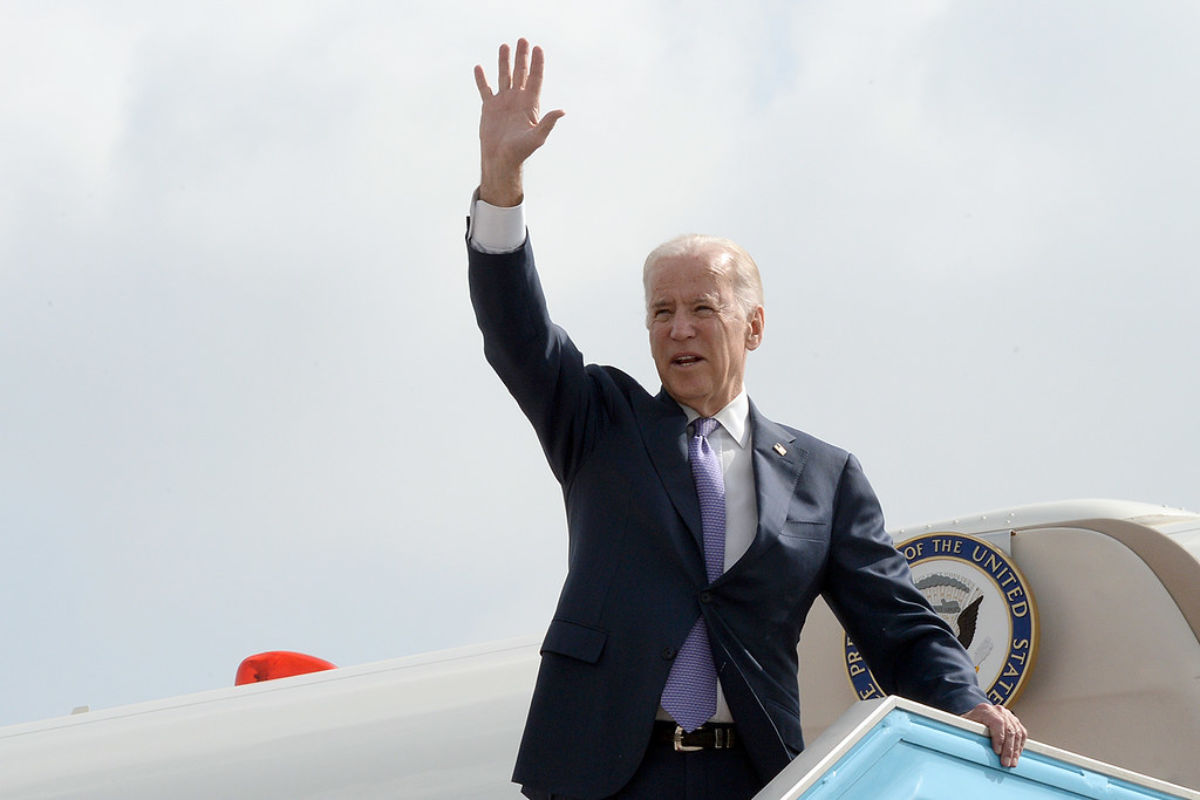Taboos and negativity have long surrounded Europe’s Common Agricultural Policy (CAP), meaning it’s often seen as a policy failure. This is reflected in the fact that the European Commission has proposed a significant cut in CAP funds in the new Multiannual Financial Framework (MFF).
Yet take a closer look at the EU’s agri-food industry and what you’ll uncover is actually a well-performing sector, which contributes to an annual trade surplus for the EU of around EUR 60 billion – about the same as the CAP’s annual budget. The single most exported item is meat, whereas there are hardly any relevant EU meat imports. In the context of the wider ‘simplification’ debate, it’s also the most regulated sector, covering some 40 % of total EU legislation. However, lowering agricultural standards is very much not on the agenda.
EUR 60 billion for the CAP may be about 30 % of the total EU budget but most of that is spent on direct income support for EU farmers. It’s a limited amount compared to, for example, the EUR 70 billion that Germany spent on state aid in 2023. Or it’s a relative amount considering the prices for basic food products in the EU and that most high-income countries around the world actively support their farmers.
At home, many challenges to overcome
Nevertheless, the sector is facing a lot of challenges – many farmers are getting older, there’s a clear lack of enthusiasm from young people to replace them, there are huge differences in the average amount of farmland per farm in the EU, there’s overproduction and declining wine consumption, and let’s not forget environmental pressure and pesticides… just to name a few.
The prospect of further EU enlargement is another headache. If and when it becomes a member, Ukraine would bring with it an entirely different (and massive) farm sector, with the average size of farms in Ukraine being multiple times larger than those in neighbouring countries. The other candidates, Moldova and the countries of the Western Balkans, are at the other end of the scale, having very unproductive agricultural sectors, dominated by very small firms, all needing substantial investment and a lot of assistance to get them up to EU standards.
A new political narrative is also needed given the very real regional development trap and the increasing ‘geography of discontent’ phenomenon in the EU. Although it’s not the same situation across the board, regions that have a higher chance of falling into the development trap (‘entrapment risk’) are seeing rising support for Eurosceptic political opinions and options. This includes whole regions of Italy, France, Greece and Romania, which have high levels of entrapment due to their lower levels of economic development than the EU average.
The political divide between cities and regions was also clear during the recent Czech elections, with only the Prague and Brno regions supporting the outgoing government, whereas the remaining regions swung massively to Andrej Babis’ right-wing populist political party. In this sense, the Commission’s proposal to cut roughly 10 % in real terms of direct support to farmers – regardless of the accompanying proposal to better target support for farmers that are truly in need – is arguably shortsighted and should be rethought.
But on the world stage, a success story
Agri-food products have the highest tariffs, with the average global MFN (Most-Favoured-Nation) tariff for agriculture, according to the WTO, being about 14.8 % on average – and this is on top of important non-tariff barriers. Yet this hasn’t stopped the EU from being a massive exporter of agricultural products.
The EU is the world’s biggest exporter of pork and its second biggest producer after China. Pork is a sensitive issue in international trade, as proven by the word being mentioned twice in the four-page EU-US statement on fairer trade from 18 August 2025. Following this, the EU will face a 15 % tariff on exports to the US, its biggest market for pork products, all while EU tariffs shouldn’t be applied at all to (non-existent) imports from the US.
China is the EU’s third most important export market, where it has benefitted from local sanitary problems – but this didn’t stop China from introducing high tariffs, as it did on 10 September, ranging from 15.6 % to 62.4 %, following an anti-dumping investigation, which found EU pork imports being sold at dumped prices, thus harming China’s domestic industry. Alas, this was merely China retaliating against the EU’s EV tariffs.
Opponents of the proposed EU-Mercosur trade agreement have argued that Europe would be overwhelmed by Brazilian meat. However, a closer look at the proposed agreement reveals that a quota allows imports up to 99 000 tons, with a tariff rate of 7.5 %, to be phased in gradually over four years. This corresponds to 1.5 % of total EU beef production. A much lower quota of 25 000 ton applies for pork.
Additionally, EU sanitary and phytosanitary (SPS) standards and controls will apply to imports from Mercosur countries. There were similar concerns over the CETA agreement in 2017-18 but the EU’s agri-food exports to Canada have increased since the agreement entered into force. The same also happened with the EU’s agreement with Japan (the EPA), where exports have grown significantly due to substantial tariff reductions, particularly for pork, wine and beef.
Thus, the often-critical view of the CAP obscures a well-performing and well-regulated European agri-food sector, a top global exporter, which contributes to rural development and political stability. With strategic autonomy in mind, EU policies have been successful, although related environmental matters are a bit more problematic.
And that’s why any substantial changes to the CAP or funding cuts through the new MFF must be considered extremely carefully, taking fully into account EU farming’s (mostly positive) multi-sectoral and societal impact.

